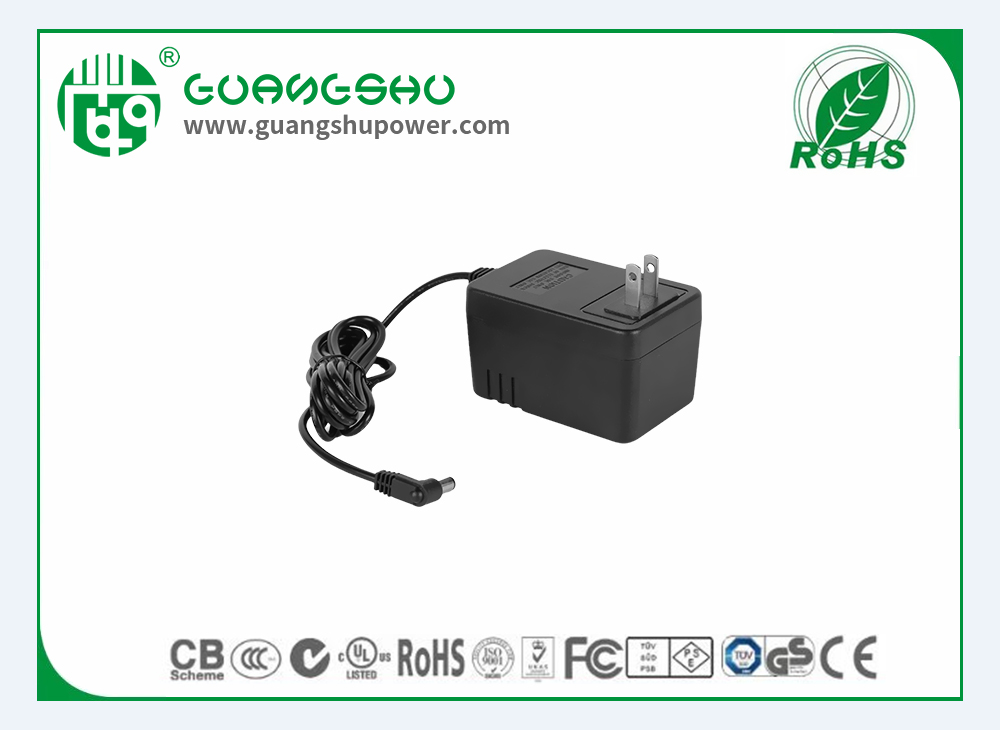Time:2025-06-26 Views:0

Designing a filter circuit for a linear adapter involves several critical considerations to ensure optimal performance and reliability. The primary goal is to eliminate noise and ripple from the power supply, providing a clean and stable output voltage. Here are some key design points:
1. Component Selection: Choose high-quality capacitors and inductors that can handle the expected current and voltage levels. Electrolytic capacitors are commonly used for their high capacitance values, but they must be rated for the adapter's operating temperature range.
2. Filter Topology: Decide on the appropriate filter topology based on the specific requirements of the application. Common topologies include LC (inductor-capacitor) filters, RC (resistor-capacitor) filters, and PI filters. Each has its own advantages and trade-offs in terms of complexity, cost, and performance.
3. Ripple Suppression: The filter circuit must effectively suppress ripple voltage. This is typically achieved by using a combination of inductors and capacitors. The inductor stores energy during the peak of the ripple and releases it during the trough, while the capacitor smooths out the voltage variations.
4. Thermal Management: Components in the filter circuit will dissipate heat, especially the inductors and large capacitors. Proper thermal management is crucial to prevent overheating and ensure the longevity of the components. This may involve using heat sinks, ventilation, or selecting components with higher temperature ratings.
5. Impedance Matching: Ensure that the input and output impedances of the filter circuit are matched to the source and load, respectively. This minimizes reflections and maximizes power transfer, leading to better overall performance.
6. Frequency Response: Analyze the frequency response of the filter to ensure it meets the desired specifications. The filter should attenuate high-frequency noise while allowing the desired signal to pass through with minimal loss.
7. EMI/RFI Suppression: In some applications, it may be necessary to include additional components to suppress electromagnetic interference (EMI) and radio-frequency interference (RFI). Ferrite beads and common-mode chokes are often used for this purpose.
8. Testing and Validation: Thoroughly test the filter circuit under various operating conditions to ensure it meets the design specifications. This includes testing for ripple suppression, thermal performance, and overall stability.
By carefully considering these design points, you can create a robust and reliable filter circuit for a linear adapter that meets the specific needs of your application.
Read recommendations: